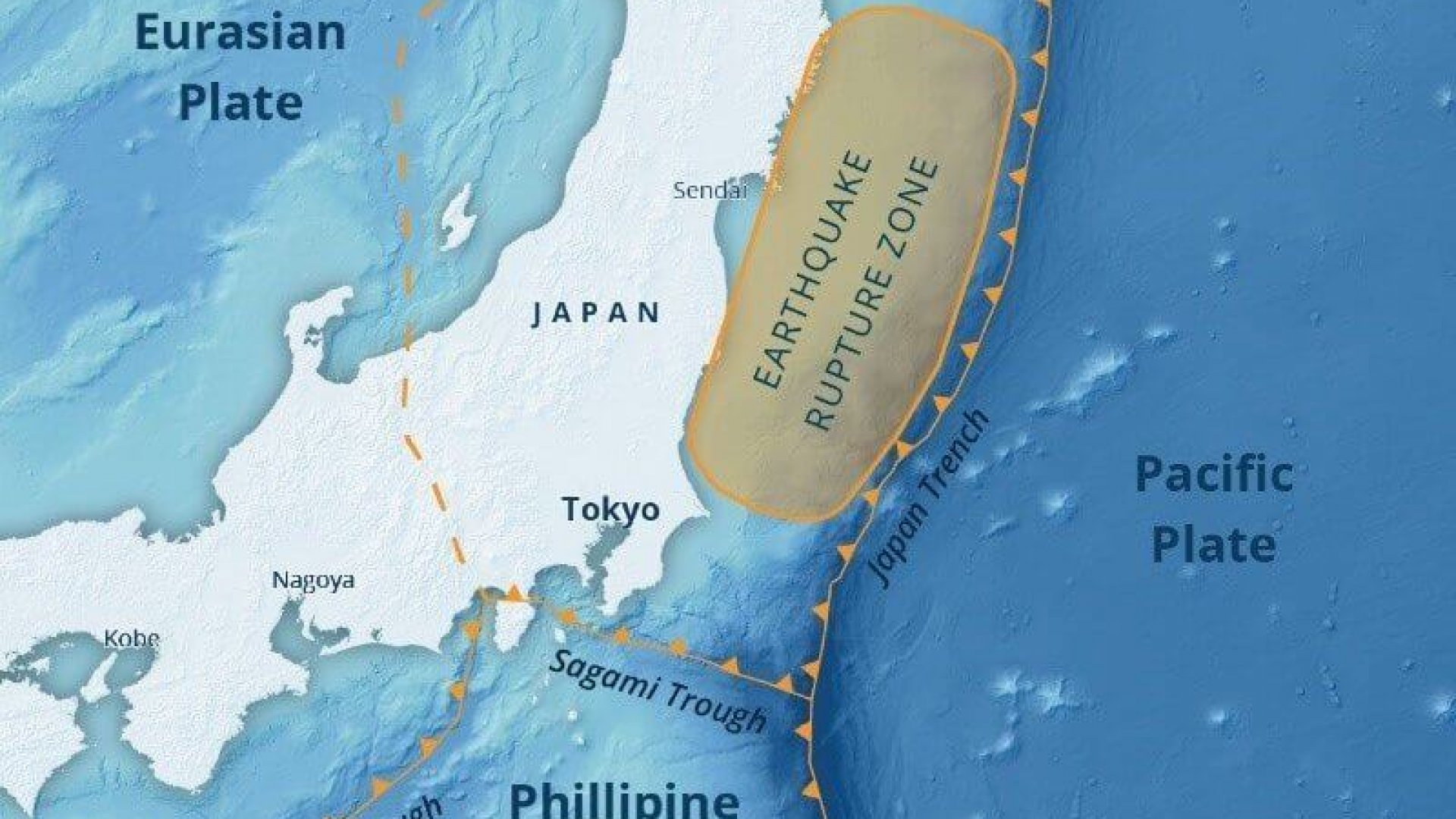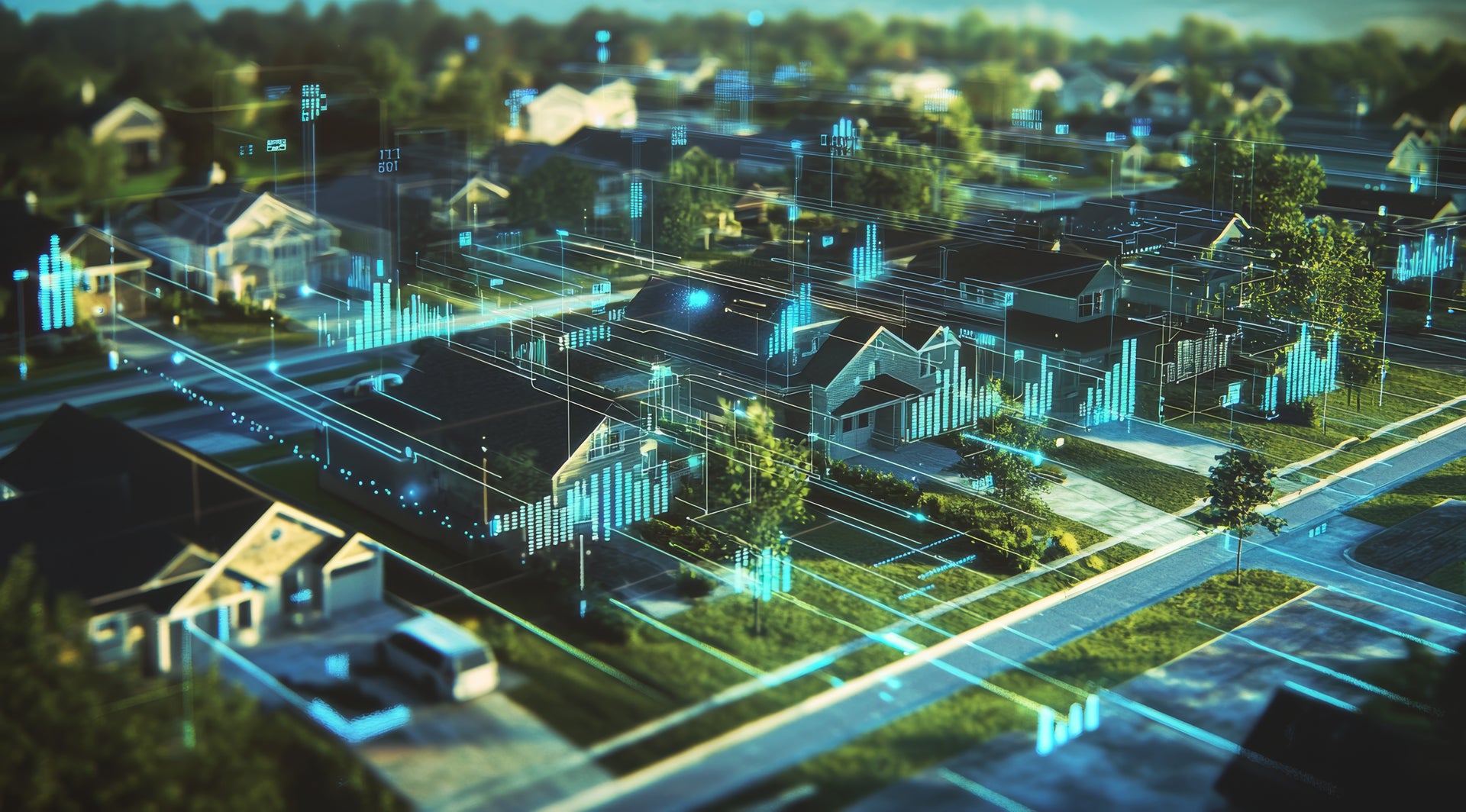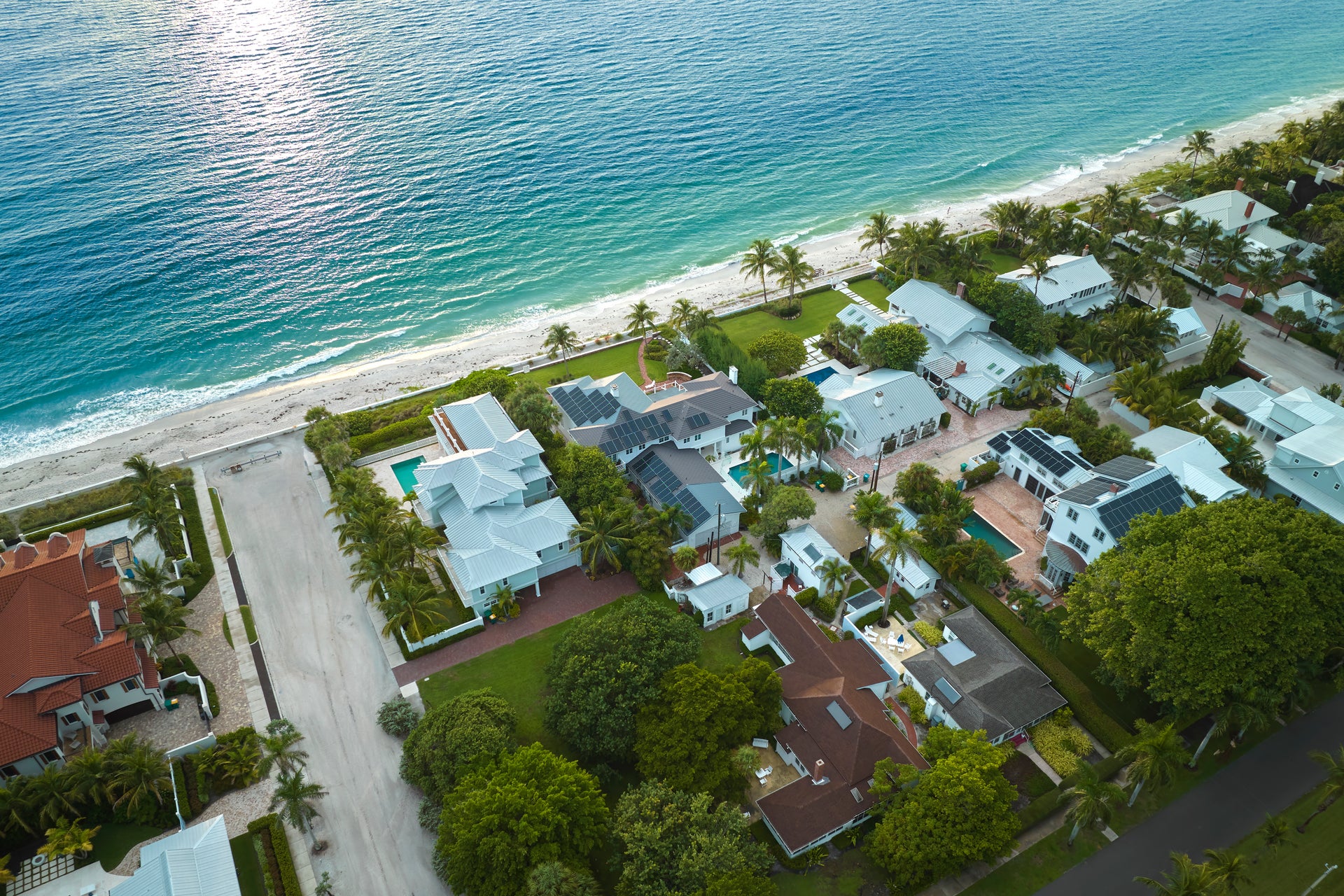Located in one of the most seismically active regions of the world, Japan is no stranger to earthquakes.
Ten years ago today, on March 11, 2011, a magnitude (M) 9.0/9.1[1] earthquake occurred on the Japan Trench. It was the fourth most powerful recorded earthquake in the world. This event would come to be known as the Great Tohoku Earthquake.
The event generated a massive tsunami and triggered over 1,000 aftershock events, some reaching M7[2]. To put this into perspective, a fourteenth of the landmass of Japan experienced at least severe ground shaking, or a Modified Mercalli Index (MMI) of 8, based on a 12-point scale used in the scientific community. This is equivalent to a 6+ on the Shindo scale, used by the Japan Meteorological Agency to measure ground shake intensity. This means that the event was strong enough to cause serious damage to buildings designed to a low-seismic resistance, with less damage to those designed for seismic resistance.

If the event were to have happened today, just the insurable property loss would be in the region of $140B (or ¥15 T) with a gross loss of around $40B (or ¥4.2 T).[4] The tsunami loss from the event was substantial; from a modeled perspective, CoreLogic estimates that 15% of the total physical property insured loss would have been caused by tsunami.
Prior to 2011, the maximum earthquake thought to be possible in Japan was M8.5, according to the Japan government model from the National Research Institute for Earth Science and Disaster Resilience (NIED). Given the logarithmic nature of earthquake magnitudes, the Great Tohoku event that occurred was around 20 times stronger (in terms of energy released) than this theoretical maximum.
This was an unprecedented event that caused massive damage and affected many lives. From an industry solvency perspective, diversified re/insurance companies were more than adequately capitalized as the majority of the building density and perceived risk in Japan is further south.
Tohoku may have occurred a decade ago, but the risk is still present.
As recently as February 13, 2021, a M7.1[5] event on the Japan Trench served as a reminder of the risk posed. Even though it occurred nearly a full decade later, this has been officially recorded as an aftershock of the Great Tohoku earthquake by the Japan Meteorological Agency (JMA), perhaps a post-seismic slip event caused by stress change of the 2011 earthquake.
The M7.1 event was too small to trigger a sizeable tsunami. But it did cause great alarm, concern and some damage from an insurance perspective, and a low number of claims are expected in excess of earthquake deductibles.
When it comes to risk, the hazard is only one part of the story, and much was learned from the vulnerability perspective of how buildings performed in the earthquake and tsunami. Please visit HazardHQ.com for more on what CoreLogic has been up to in this area and watch for our forthcoming white paper looking at the Great Tohoku Earthquake ten years later.
©2021 CoreLogic, Inc., All rights reserved.
[1] Source: M9.0 Japan Meteorological Agency (JMA) and M9.1 United States Geological Survey (USGS)
[2] Source: USGS
[3] Source: World Bank
[4] Source: CoreLogic, based on proprietary high-resolution Industry Exposure Database
[5] Source: USGS


